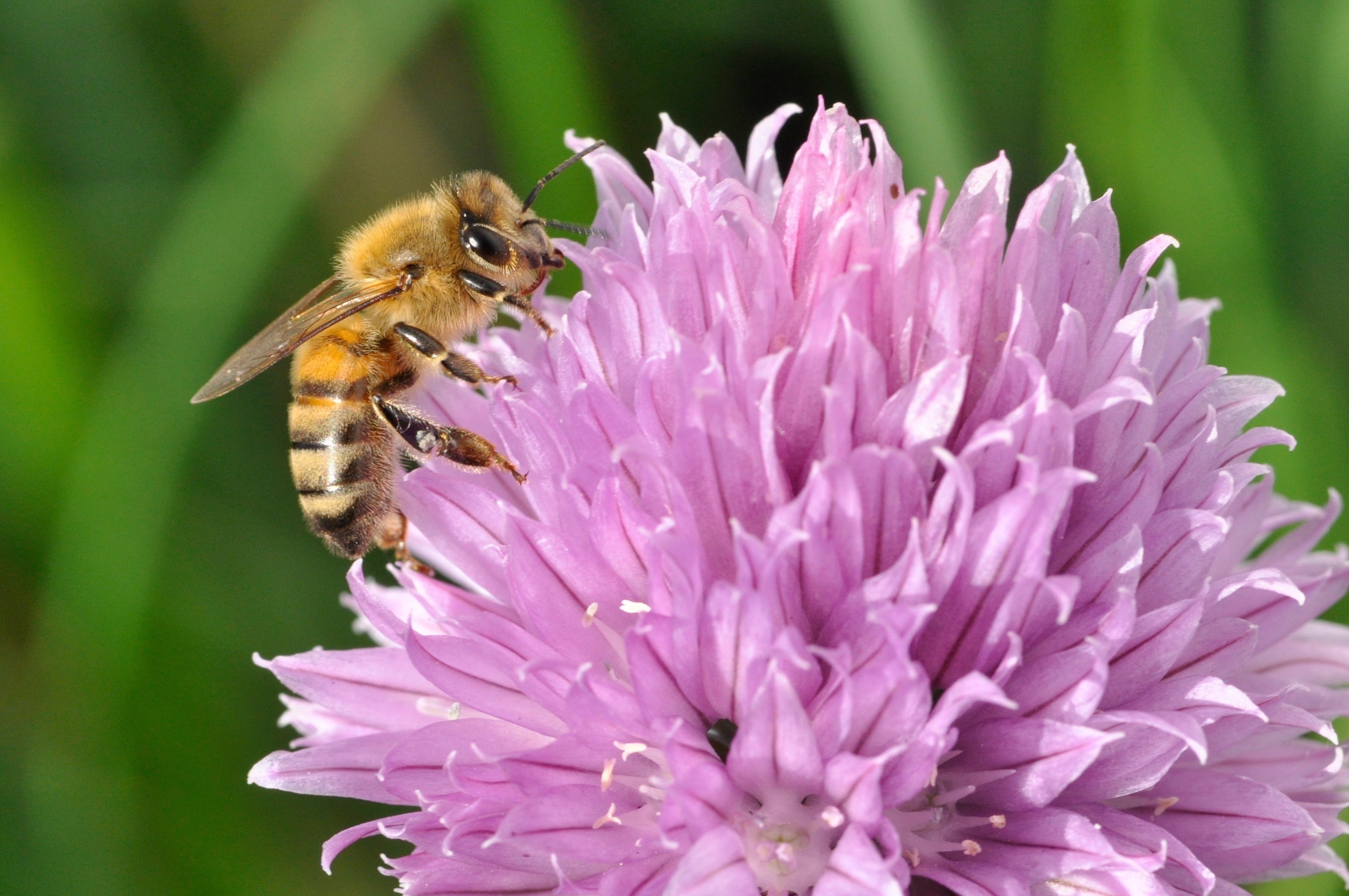Bees That Are Not Honey Bees Maden points to squash bees the same size and color as honeybees which co evolved with squashes and make their individual nests in the soil near the plants Pumpkin farmers and other squash growers are often unaware of these wild bees and unnecessarily pay to have honeybees hives trucked in for the season
There are millions of honey bee colonies in North America 2 8 million of which are in the U S Approximating around 30 000 bees per colony the size of a pollination unit that s roughly a Vulture bees also known as carrion bees are a small group of three closely related South American stingless bee species in the genus Trigona which feed on rotting meat Some vulture bees produce a substance similar to royal jelly which is not derived from nectar but rather from protein rich secretions of the bees hypopharyngeal glands 1 These secretions are likely derived from the bees
Bees That Are Not Honey Bees
 Bees That Are Not Honey Bees
Bees That Are Not Honey Bees
https://www.johnmooremuseum.org/wp-content/uploads/2022/12/Types-of-bees.jpg
But many apple orchards and all almond groves rely on honey bees not native bees for pollination Since the number of honey bees is not declining this is just fear mongering presenting false information to confuse an already confused public in order to sell more product Shame on General Mills
Pre-crafted templates offer a time-saving service for developing a varied variety of files and files. These pre-designed formats and designs can be utilized for numerous individual and expert jobs, including resumes, invitations, flyers, newsletters, reports, discussions, and more, streamlining the content development process.
Bees That Are Not Honey Bees

Tips For A Bee Friendly Garden Official Blog Of Park Seed

6 THINGS YOU DIDN T KNOW ABOUT QUEEN BEES Beekeeping Like A Girl

With Bees It s Not How Many It s How Many Kinds meaningless Drivel

Planting Herbs That Attract Honey Bees

17 Of The Best Plants To Attract Bees To Your Garden

Bee Season Balls Of Bees In Trees Swarms What You Need To Know St

https://www.nwf.org/Home/Magazines/National-Wildlife/2021/June-July/Gardening/Honey-Bees
North America s native bees on the other hand are in trouble and these insects bear little resemblance to the familiar honey bee Unlike honey bees more than 90 percent of our nearly 4 000 native bee species live not with other bees in hives but alone in nests carved into soil wood or hollow plant stems Often mistaken for flies the

https://blog.nature.org/2019/08/19/focus-on-native-bees-not-honey-bees/
In fact honey bees and native bees share most of the same threats to their survival with the loss of quality habitat topping that list Similarly many of the strategies to help save native bees will also help honey bees and vice versa We just need to be careful that saving honey bees aren t the primary focus of conservation efforts or

https://bootstrapbee.com/bees/bee-types
Bees play a crucial role in our ecosystem with over 20 000 species buzzing around the globe Among these ten species stand out for their commonality in gardens and their affinity for flowering plants and each type has its unique behaviors and contributions especially in pollination In this article we ll provide a visual guide with pictures and descriptions of the most common bee types to

https://bigislandbees.com/blogs/bee-blog/native-bees-vs-wild-bees-vs-honey-bees
Certainly you ve known what a bee is since you were a kid just playing outside You have probably been eating honey since then as well and connected the two Maybe you even noticed that not all bees look or bee have the same And that would be a very accurate observation We currently have over 20 000 known species of bees in the world and scientists continue to discover new bee species

https://davidsuzuki.org/story/the-buzz-on-wild-bees-versus-honeybees/
None of the native species in Canada make honey Unlike honeybees solitary bees and bumblebees are vulnerable to habitat loss From shiny sweat bees to industrious mason bees these native pollinators are quietly vanishing A comprehensive study of bees in Montreal underscored this issue From 2013 to 2020 as honeybee hives skyrocketed from
[desc-11] [desc-12]
[desc-13]